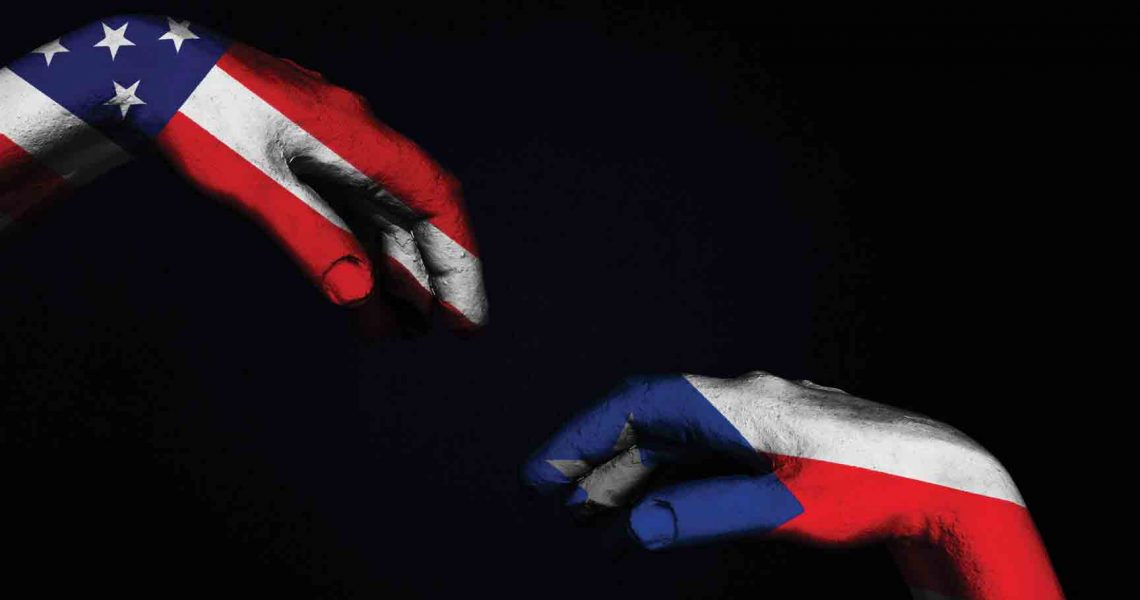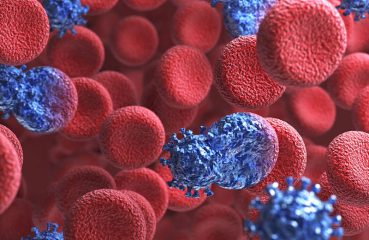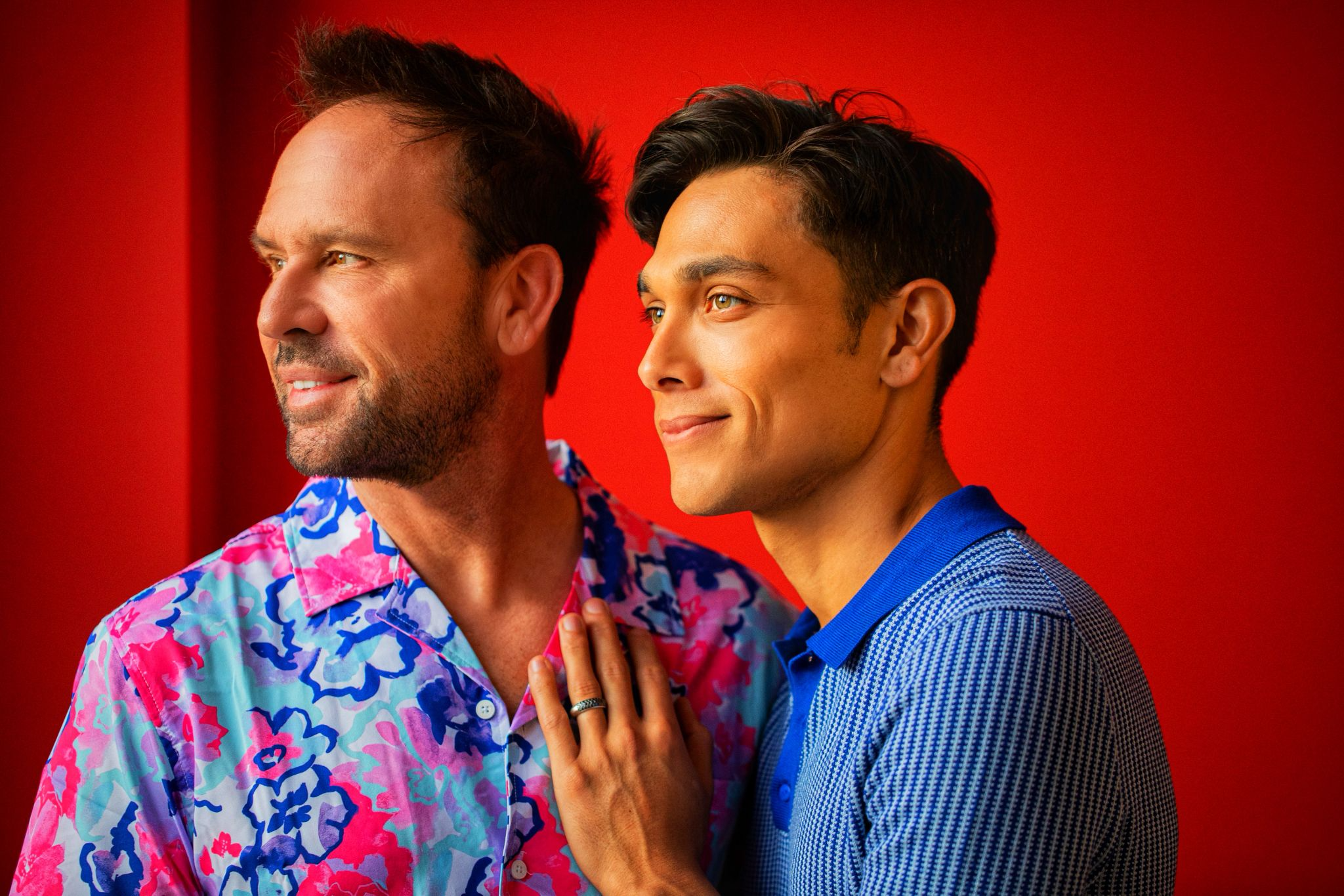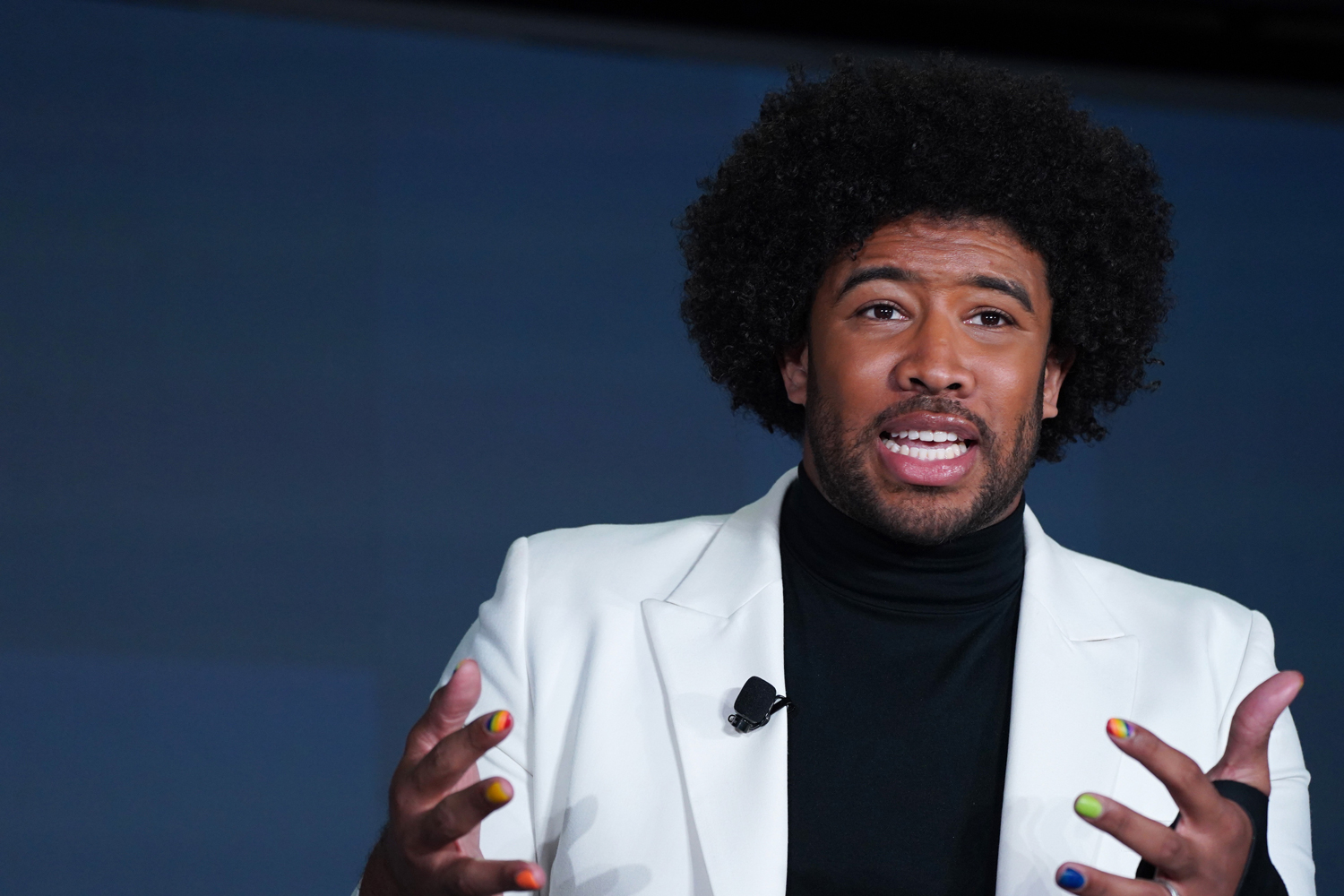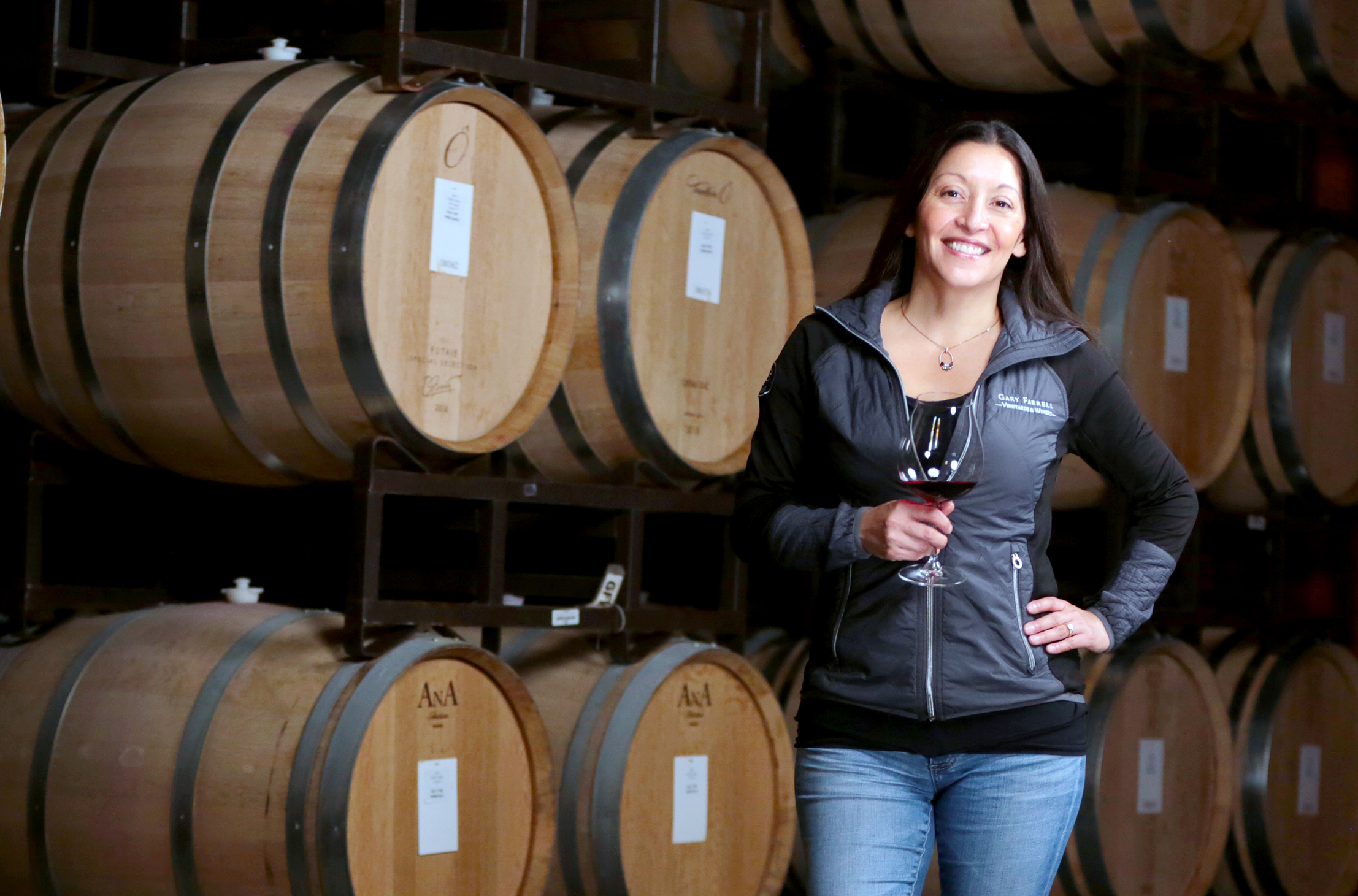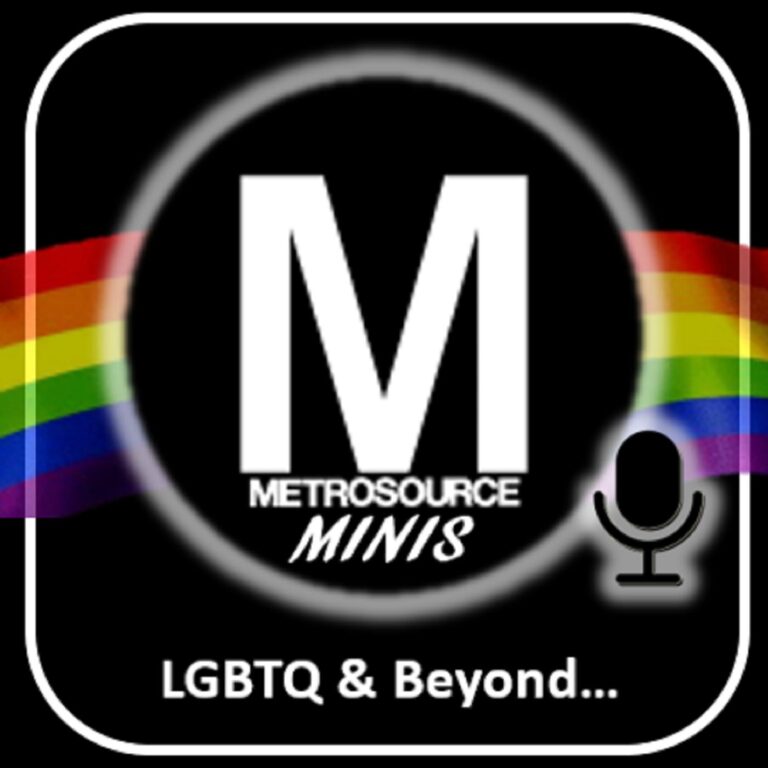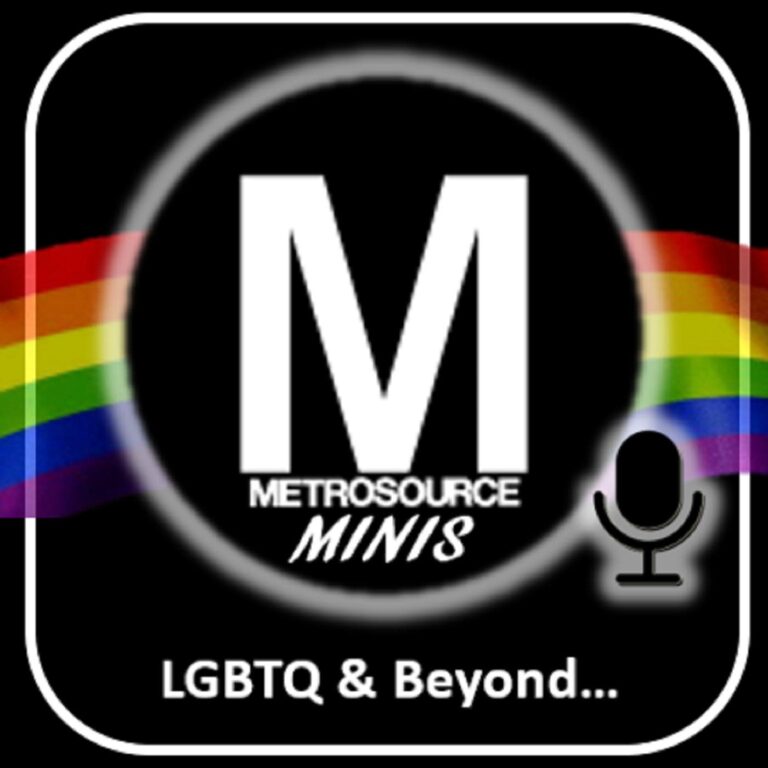Puerto Rico continues to suffer in the aftermath of Maria; what does that mean for people living with HIV?
Nearly a half year since Hurricane Maria devastated Puerto Rico, a significant portion of the island was still without power, while food and water were still being distributed by federal authorities, and many homes were still covered with tarps.
The impact of what has been called the worst natural disaster to ever strike Puerto Rico was strikingly worse for those living in poverty-stricken communities of the region, which is home to 3.4 million people. And, for those already facing health concerns such as HIV and AIDS, the challenges of receiving proper care and accessing vital services became formidable, if not altogether impossible.
“The instability in the overall infrastructure on the island has created challenges at every level for service providers. Without electricity or internet, providers are not able to access electronic patient records or function to their full ability,” said Valerie Rochester, VP of Program Strategy at AIDS United. “Communication within and outside of the island continues to be a challenge. Some organizations still have not been able to reach all their staff members after the hurricane and have had challenges communicating with funders from the States.”
By the end of January, AIDS United had raised $2.5 million through its HIV Hurricane Relief Effort to assist organizations that provide HIV/AIDS healthcare services. More than $820,000 had already been distributed to 16 organizations in Puerto Rico, and to providers in Florida, Texas and the Virgin Islands that were impaired by the season’s disastrous storms.
“We hope to avoid adding a public health crisis on top of a recovery effort that is already beyond the capacity of the local authorities to manage,” Rochester said. “To date, funding has been used for everything from helping to repair destroyed facilities to providing medications and emergency kits to people living with HIV.”
Hurricane Maria barreled into Puerto Rico with 155-mile-per-hour winds in September, dropping more than two-and-a-half feet of rain. While official reports claimed a mere 66-person death toll, experts maintain that number likely tops 1,000 as people have since died from causes such as untreated diabetes and Alzheimer’s. Recent reports also noted an alarming increase in the island’s suicide rate — an astonishing 16% jump in 2017, including 26 incidents in November alone. In further disheartening developments, organizations on the front lines of combatting HIV and AIDS suspect that this rate will continue to rise in the aftermath of Hurricane Maria.
Read Next | Gene Therapy Shows Promise in Ending the HIV Epidemic
As of the end of 2015, there were 16,783 people living with HIV in Puerto Rico, according to the Centers for Disease Control — another number that experts say will likely rise. “I do expect HIV rates and Hepatitis C rates to go up — not because we stopped providing a service, but because there is a real trauma here,” Rafael A. Torruella, Executive Director of Intercambios Puerto Rico, told Metrosource. He paused, noting, “That was a real issue before Maria. People should not think that it’s all better now, and that things are operating.”
Intercambios, which distributes syringes as part of its harm reduction efforts, is an independent organization affiliated with Housing Works, Inc. Each year, it reaches thousands of people in the eastern part of the island, endeavoring to eradicate HIV and Hepatitis C. Nearly 100% of his program participants live below the poverty level.
“We still don’t really have a plan to make things better in Puerto Rico. More than 60% of the people we work with still have no power, many of them have no water. Many of the communities we work with, the military only came once or twice,” Torruella said.
In the weeks and months after Maria, his organization adapted to begin distributing water, clothing, food and air mattresses, too. And while they had stocked up on syringes to maintain distribution, they nevertheless encountered many that were damaged or destroyed, further curbing access to those in need. “People were really responsible,” he recalled, “telling us ‘I held out as much as I could without sharing.’”

Read Next | Finding a Great LGBT Friendly Physician in New York
Last modified: August 19, 2019

